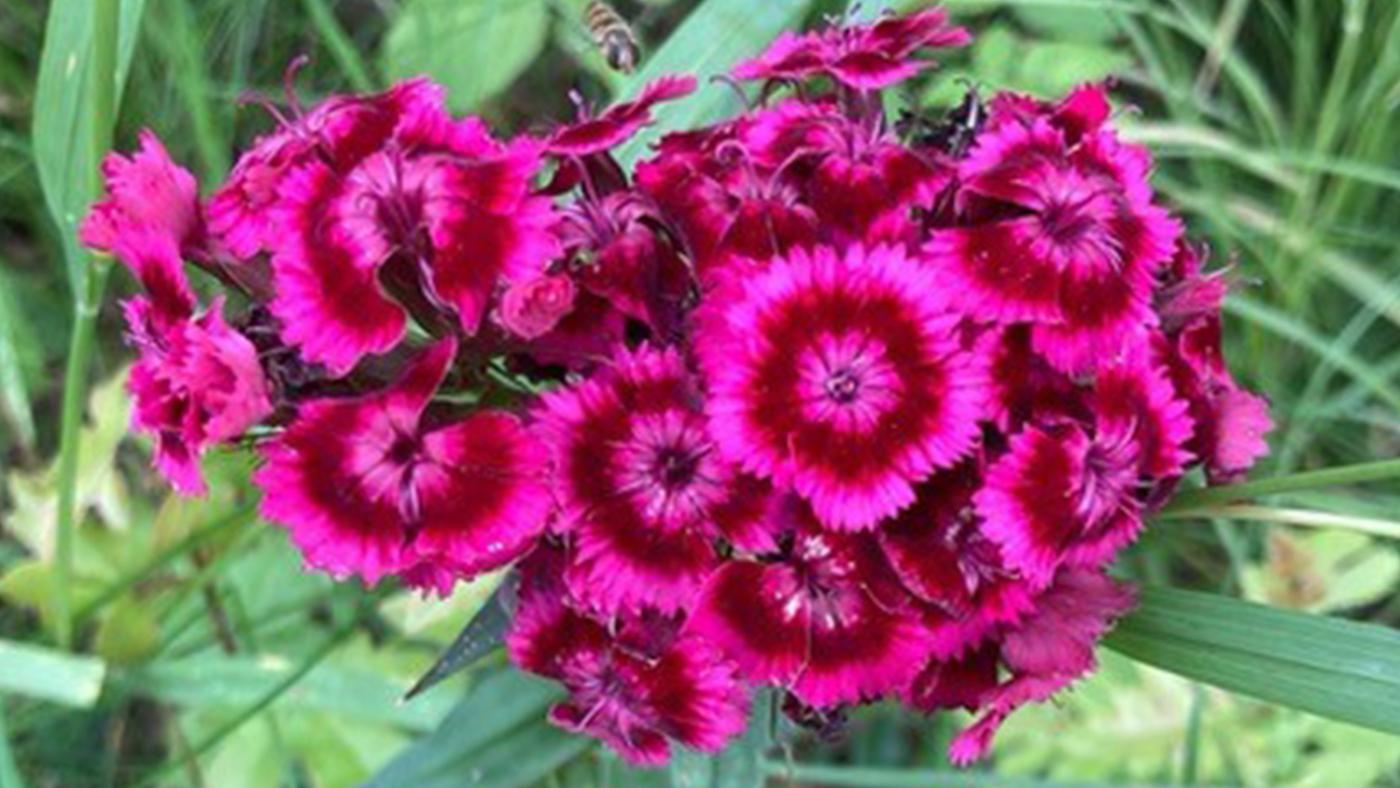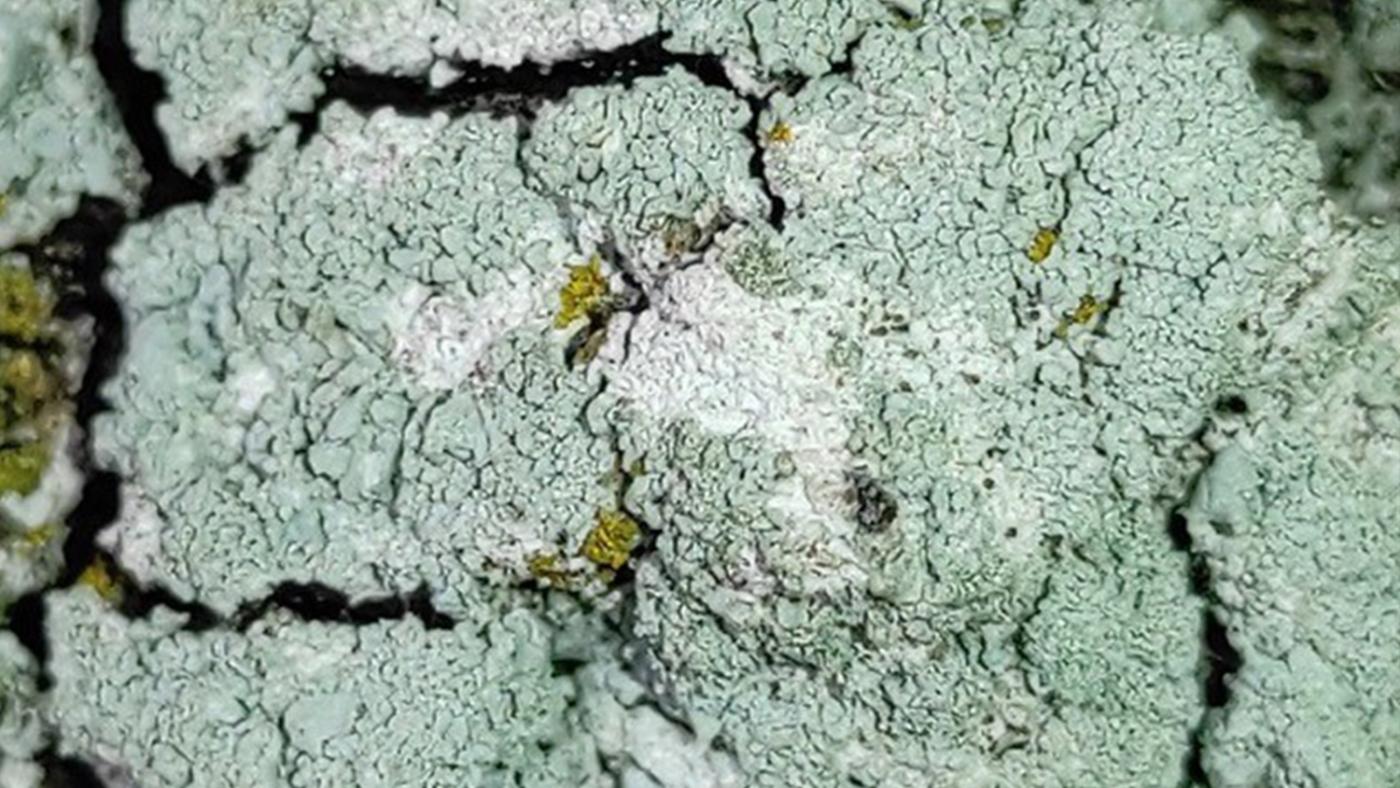Nearly 700 species have already been observed
How biodiverse is Utrecht Science Park?

UU and the Utrecht University of Applied Sciences are behind BioBlitz. They collaborate with fourteen other Dutch universities and universities of applied sciences across the country. The aim is to identify as many native species as possible within a month not only to monitor them but also to raise awareness among students and employees of the importance of biodiversity.
Since May 22, the first day of the initiative, 176 people have participated at USP. They saw 699 species in total. Nationally, the counter stands at 2,252 observed species, which means that the national target of 2,000 species has been achieved. This is the first time that such a project has been conducted at USP, so little can be said about the results yet. However, the initiative will continue to take place annually in the context of a PhD study on biodiversity on campus.
Wild species
The idea is to count native, wild species. All plants and animals are related to each other in some way and those relationships have been developed in the course of evolution, explains Dorinne Raaimakers, Project Manager for Biodiversity at UU. Many exotic plant species are not a match for native insects because they do not provide nectar or a place to pupate, for example. Hence the importance of only mapping native, wild species. The planted species in the Botanical Gardens do not count, but insects and birds that came here on their own do. The data collected by BioBlitz will help the university assess whether the measures planned and taken to increase biodiversity are effective, says Raaimakers.

Isidieus Vingermos, Photo: Jan-Jaap Spaargaren via redactie.nl
Rare finds
The rare Isidieus Fingermoss was observed on Yalelaan at USP. This is a lichen that mainly grows on tree trunks and is very rare in the Netherlands. Another fairly rare species is the brightly coloured duizendschoon, photographed at Wilhelmina Children's Hospital. The website lists these and other rarities spotted by observes over the past month.
Interested?
To participate in BioBlitz, first you must create an account on waarneming.nl and download the ObsIdentify app to easily upload the photographed species. You can find the instructions on the BioBlitz page. On June 18, there is going to be an excursion to look for bats in the evening and on June 19 you can go bird watching in Amelisweerd.
Biodiversity goals
Since 2020, UU has been actively working on goals related to sustainability and biodiversity. The university joined the Delta Plan on Biodiversity Restoration and wants to have a “greener campus by 2035", which should be achieved by "strengthening and restoring local biodiversity.” Roadsides and lawns will be mowed less, shores will become more nature-friendly and ponds will be built.